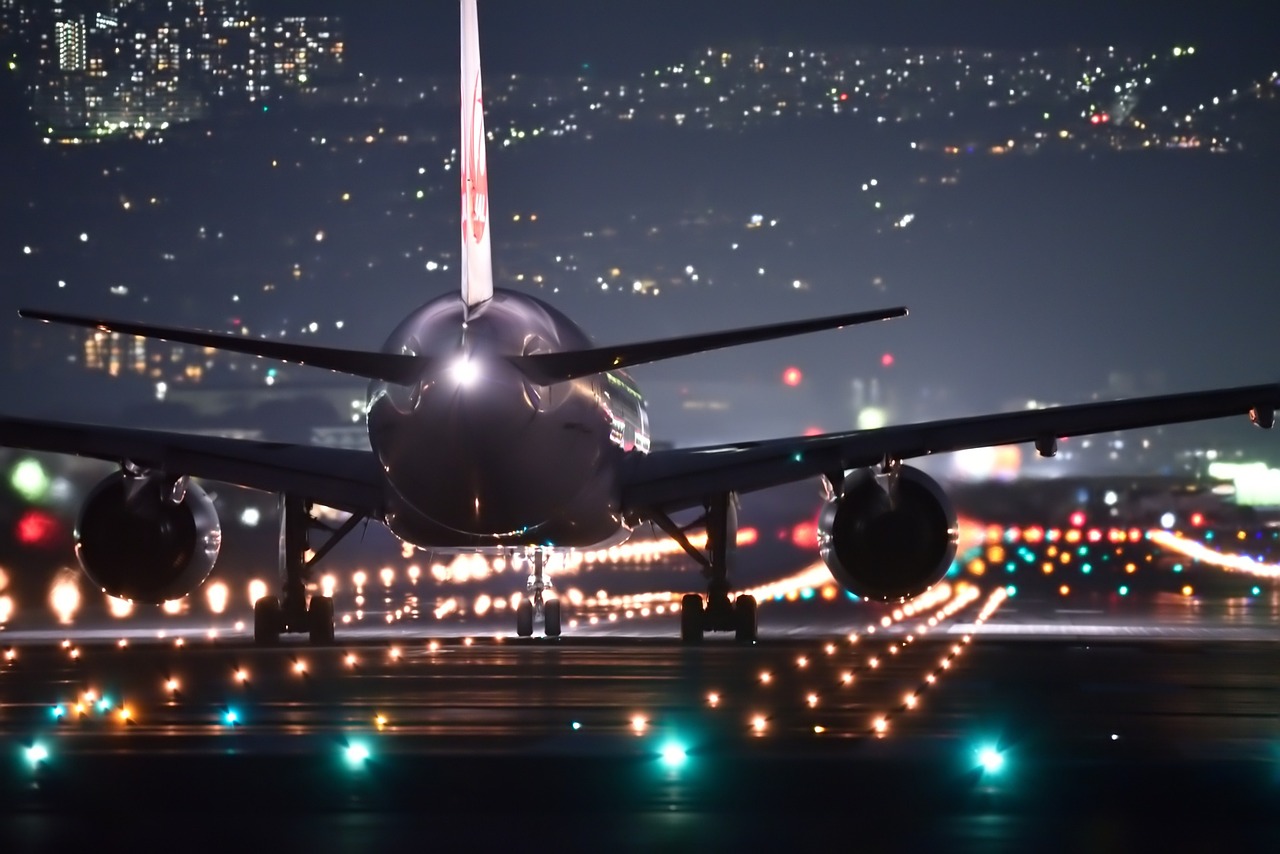
Aircraft noise is usually the main environmental concern for communities living near airports. Among the primary effects of aircraft noise, annoyance and sleep disturbance have received considerable attention, as they cause a significant impact on quality of life and welfare. A recent report of the Aviation Environment Federation (AEF) in 2016 stated that over one million people are exposed in the UK to aircraft noise above levels recommended for the protection of health, and that about 600,000 people are exposed to average aircraft noise levels that risk regular sleep disturbance.[1] As a result, it has been estimated that the aircraft noise from Heathrow and Gatwick airports in 2010 was associated with 17 early deaths. [2]
In addition to noise, aircraft engine exhaust emissions are detrimental to local air quality, leading to public health concerns (e.g. 195 early deaths were estimated as caused by aviation emissions at US airport in 2005 [3]), and have direct and indirect effects upon climate (12% of the CO2 emissions from all transportation sources[4]).
The International Air Transport Association (IATA) has recently estimated that by 2036 the number of air passengers will nearly double (as compared to figures in 2017)[5], so a significant increase in air traffic movements will take place over the next decades. If the further deterioration of the quality of life of communities living near airports wants to be avoided, the different stakeholders are required to explore all possible aviation scenarios, to find the technology options, flight procedures, and fleet replacement strategies with the minimum aviation noise impact.
Of course, the analysis of the noise impact of different aviation scenarios cannot be independent of other environmental pollutants, but a more holistic approach is needed, where noise, local air quality, and climate change are considered, to find the environmentally friendly options and strategies.
These exploratory analyses of aviation scenarios are highly combinatorial, and therefore, computationally expensive. The available high-fidelity airport noise models allow a very accurate calculation of aviation noise outputs but at the expense of providing a significant number of input variables and expending considerable time for computing.
Also, not all these high-fidelity models were developed to interface with other environmental and economic models. For all the reasons above, these high-fidelity models might not always be appropriated for the exploratory analysis of thousands of aviation scenarios.
To overcome such drawbacks, a number of simplified airport noise models, which are rapidly computable and have a simple formulation, have been developed by different research groups. Within the framework of multidisciplinary strategic environmental impact assessment of aviation, this paper examines the applicability of existing simplified airport noise models and discusses their intrinsic limitations and advantages.
Particular attention is paid to a new aviation noise model: Rapid Aviation Noise Evaluator (RANE).[6] RANE uses a highly efficient algorithm allowing a very rapid computation of noise outputs around airports, with minimum uncertainty as compared to high-fidelity airport noise models, such as INM (FAA’s Integrated Noise Model).
Developed to be incorporated in integrated tools for the environmental and economic assessment of aviation[7], one of the main benefits of RANE is the substantial reduction in input data requirements, which can simplify multidisciplinary strategic assessment as part of a decision-making process.
The reduction of data requirements, the simple formulation and the rapid computation facilitates the multidisciplinary strategic assessment of alternative aircraft designs and air traffic management options, where trade-offs between different environmental consequences (i.e. engine exhaust emissions and noise) have to be evaluated.
RANE has also been developed to be coupled with technology evaluators, which can provide information about the noise emission of novel aircraft designs[9] so that it can be implemented by the aviation stakeholders for contributing to policy decisions about which novel aircraft designs would be likely to achieve the lowest environmental impact when considered holistically.
Finally, this paper examines and discusses the validity of a common simplification used in simplified airport noise models, i.e. reducing the whole aircraft fleet into a number of representative-in-class aircraft capturing the noise characteristics of the different aircraft categories. This research was subsequently extended[10], observing an 80% reduction in computational time and a minor decrease in accuracy (between -4% and +5%) when the whole aircraft fleet is replaced with four representative-in-class aircraft for computing noise outputs around London Gatwick and London Heathrow airports in the UK.
These findings are described in the article entitled Airport noise modelling for strategic environmental impact assessment of aviation, recently published in Applied Acoustics. This work was conducted by Dr. Antonio J. Torija and Prof. Rod H. Self from the University of Southampton.
References
- AEF, Aircraft Noise and Public Health: the evidence is loud and clear, 12 January 2016
- Wolfe, P.J., Kramer, H.L., Barrett, S.R.H., 2017. Current and future noise impacts of the UK hub airport. J. Air Transport. Manag. 58, 91–99.
- Ashok, A., Lee, I.H., Arunachalam, S., Waitz, I.A., Yim, S.H., Barrett, S.R., 2013. Development of a response surface model of aviation’s air quality impacts in the United States. Atmos. Environ. 77, 445-452.
- ICAO Environmental Report 2007
- https://www.iata.org/en/pressroom/pr/2017-10-24-01
- Torija, A.J., Self, R.H., Flindell, I.H., 2017. A model for the rapid assessment of the impact of aviation noise near airports. J. Acoust. Soc. Am. 141, 981-995.
- Dray, L., Krammer, P., Doyme, K., Wang, B., Al Zayat, K., O’Sullivan, A., Schafer, A. AIM2015: Validation and initial results from an open-source aviation systems model. In Proceedings of the 21st Air Transport Research Society Conference (ATRS), Antwerp, Belgium; 2017.
- Torija, A.J., Self, R.H., Flindell, I.H., 2018. Airport noise modelling for strategic environmental impact assessment of aviation. App. Acoust. 132, 49-57.
- Synodinos, A.P., Self, R.H., Torija, A.J., 2017. Framework for predicting noise-power distance curves for novel aircraft designs. J Aircraft (in Press), https://arc.aiaa.org/action/cookieAbsent
- Torija, A.J., Self, R.H., 2018. Aircraft classification for efficient modelling of environmental noise impact of aviation. J. Air Transport. Manag. 67, 157–168.








